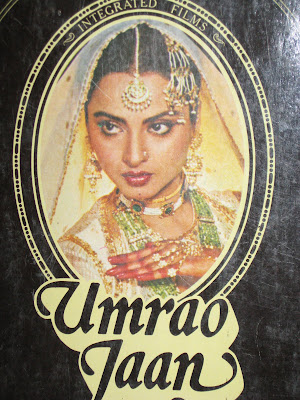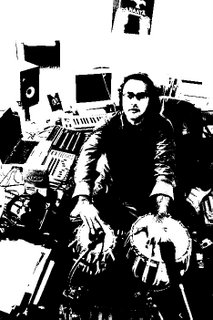
Time often seems to coalesce around clusters of memories or experiences. Periods in life ebb and flow with the seasons not unlike recurring themes in the universal human story – fog rolls in, Sun shines up, the end of something, the start of a next thing. Blink your eyes and a season has past or one memory has flickered away to the next. But still, the grooves on the record must rewind from time to time…So rewind and come again my selector…
One such brief cluster of time in the 10 year story of the Roots and Wires Sound Dimensional was lived some five months ago on the Indian Subcontinent. After having been invited to play at the Indian Electronic Music Festival in late November of last year, we found ourselves barreling forward on an outernational adventure to the land of many a bustling metropolis, thousands of temples, and oceans of humanity so thick as to be beyond comprehension at times. The full story of that adventure is indeed a story for another time.
For now, I am going to step back to one moment in that journey - A moment that I had been anticipating for years before I ever set foot in India. Some years ago Khenu described to me what sounded like some mythological chamber within a chamber within a chamber lined with an endless union of priceless gold and gems all kingly in character. The temple and gems of which Khenu spoke had nothing to do with the Taj Mahal in



Lift the needle.
Let it drop.

Records, as Sociologist Paul Gilroy has said, are complex cultural artifacts. Gilroy writes in his book Small Acts,
The music encoded onto the surface of the discs may be the primary inducement to acquire a record, but the sleeve with its combination of text and images comprises an important…element…

The pictures of Hindi album covers sprinkled throughout this article point to the multifarious purposes that album sleeves serve. Gilroy reminds us that album covers have, first and foremost, served as a way of defining an artist to an audience. Album jackets also function as a way of conveying symbolic “sub-culturally” distinctive ways of dress, fashion, and such. Album sleeves open a dialogue on how a cultural group, a sub-culture, or, as may the case, a nation views itself. The album sleeve and the music found therein “facilitates the circulation of styles and symbols, creating an aura of pleasure and desire around them which is an important political phenomenon. … They also help to solicit…audiences into specific modes of cultural and political identifications.”
This article is meant to serve as a brief opening and meditation on the lost art of the album sleeve and the multifarious meanings they carry. Each one of these images captures in one way or another, the essence of a particular historical moment in a way that the music cannot do alone.
Lakhi Uncle carries this history with him. Who feels it knows. Lakhi Uncle feels it. Lakhi Uncle knows it.

Should you be interested in exploring the depths of his musical ark you can contact Lakhwant Singh at lakhwant_7@hotmail.com. Likewise, Lakhi Uncle is open to sales should you be looking for anything in the way of vintage and rare turntables and sound equipment.
Text by Andy G of Roots and Wires Sound Dimensional
Photos by Heather King Singh





